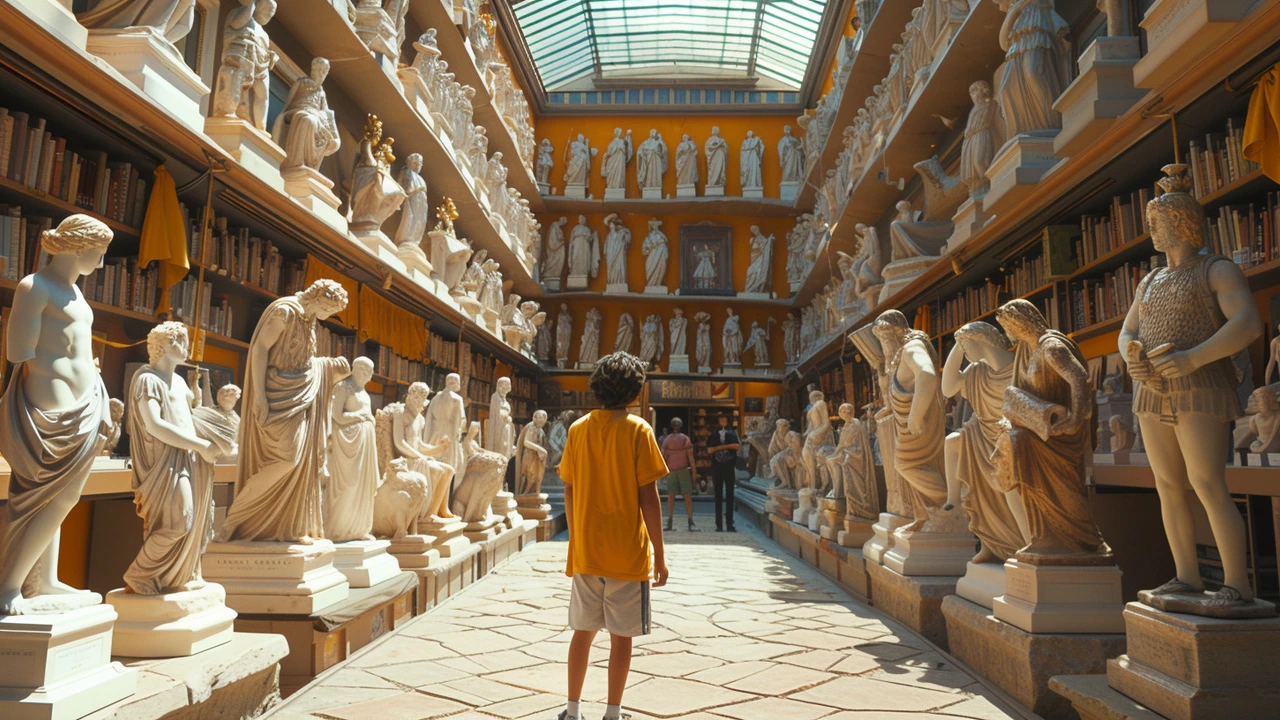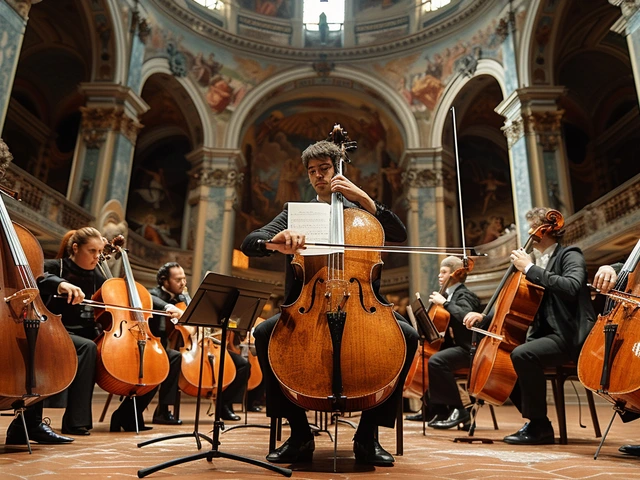The First Act: The Emergence of Neoclassicism
Let me take you back in time, just like in one of those historical time-travel movies. Hold onto your Victorian-era top hats though, because we're not going to Queen Victoria's time just yet. Nope, we're travelling way back to the late 18th century, to the emergence of a beloved design style - Neoclassicism.
Neoclassicism was the response to the flamboyant and opulent baroque and rococo styles. You could say it was the elder siblings saying, "Chill out, kid!" to their overeager younger sibling. But more than just an artistic smackdown, Neoclassicism was about the rediscovery and reimagination of the classical ideals of Greece and Rome, hence the 'Neo' (meaning new) prefix.
Simplicity, symmetry, and the judicious use of classical orders became the characteristics of the Neoclassic movement. Western art and architectural communities widely embraced this love for simplicity and grandeur. Its echoes reached their peak in the formative years of the United States and can be seen etched in the Lincoln Memorial and the Capitol Building.
By the mid-19th century, Neoclassicism began to lose its luster. It was the irresistible forces of Romanticism and the Industrial Revolution challenging the rigid constraints of adherence to classical form, pushing for more organic, nature-inspired formats.
The Second Act: The Renaissance of Neoclassicism
Flash forward to the 21st century. Just as one would anticipate in any captivating drama, Neoclassicism is making an unexpected but glorious comeback, like a seasoned actor gracing the stage following an unprecedented hiatus. A growing number of designers and architects are once again uncovering the allure and grandeur of this time-tested style in their work.
The typical dismissal of neoclassical design as being overly simplified or "old-fashioned" is being displaced with a newfound appreciation for its timeless elegance and universality. The focus on balance, proportion, and order aligns perfectly with our current fixation on minimalism and clean lines.
If you take a leisurely stroll through the bustling streets of Brisbane, you will undoubtedly encounter distinctive neoclassical elements interwoven into contemporary design settings. For instance, last year, a friend of mine restored her federation home in the leafy suburbs of Brisbane, incorporating stunning neoclassical elements in her design process. The result was a breathtaking blend of traditional design philosophies with modern functionalities.
The Third Act: The Elements of Neoclassical Design
Capturing the spirit of Neoclassicism in interior designs entails a careful selection of elements. It's not about randomly throwing Greek columns into your living room or adorning your walls with friezes depicting ancient Roman battles. It’s about subtlety and coherence.
Tall, grand columns, intricate mouldings, and detailed friezes are hallmarks of neoclassical architecture. In a residential layout, these elements can blend seamlessly into modern contexts. Take columns, for instance. They provide a spectacular way to make a strong visual statement while maintaining the open plan layouts popular in current architectural practices.
Colour selection is another key element. Neoclassicism favours a muted and harmonious palette, which plays well into the desire for calm and balanced spaces. You won't find shocking pinks or neon greens in a neoclassical setting; think more along the lines of shades of white, cream, grey and earthy tones.
Neoclassical furniture, inspired by the designs of Ancient Greece and Rome, tends to take the centre stage. It is distinguished by carved ornamentations, geometrical proportions, and grand, heavy forms. Wood, marble, and metal are common materials used, particularly in detailing and accents. In combination with modern fittings and upholstery, these pieces provide a stylish nod to the past, functioning as conversation pieces, and invoking a sense of nostalgia.
The Finale: Incorporating Neoclassicism into Your Home
Ah, the grand finale! Now that we understand the roots and styles of neoclassicism let's discuss how you can translate its principles into your own familiar surroundings.
Once again, restraint is the key when introducing neoclassical elements. For example, a small wall adorned with mouldings or a pair of fluted columns flanking your fireplace can integrate the style without overwhelming the broader design. Similarly, a neoclassic-inspired couch can become a key focal point in your living room, setting the stage for a stately atmosphere.
However, incorporating neoclassical elements does not mean we abandon the comforts and technology of our modern times. A neoclassical form can perfectly house a modern function, such as a grand fluted column concealing integrated storage, or a neoclassic-styled panelling system that houses modern appliances in the kitchen. The key is creative amalgamation of styles and functions.
To add a personal touch, hunt for antique pieces from flea markets or second-hand stores. Trust me, nothing quite compares to the joy of discovering a beautifully ornate mirror or a classically styled table, waiting to be restored and loved back to its former glory. I once scored a great Regency-styled chest drawer from a flea market in Paddington which now takes pride of place in my bedroom, adding an elegant vintage touch.
Remember, at the end of the day, the style you choose for your space speaks volumes about your personality and tastes. Neoclassicism, with its balance of grandeur and restraint, enables you to make a striking aesthetic statement that resonates through time. Designing with a preference for Neoclassicism is not just about reviving the grandeur of the past; it's about embracing a timeless style that continues to impress, engaging us in a meaningful conversation between the past and present.



